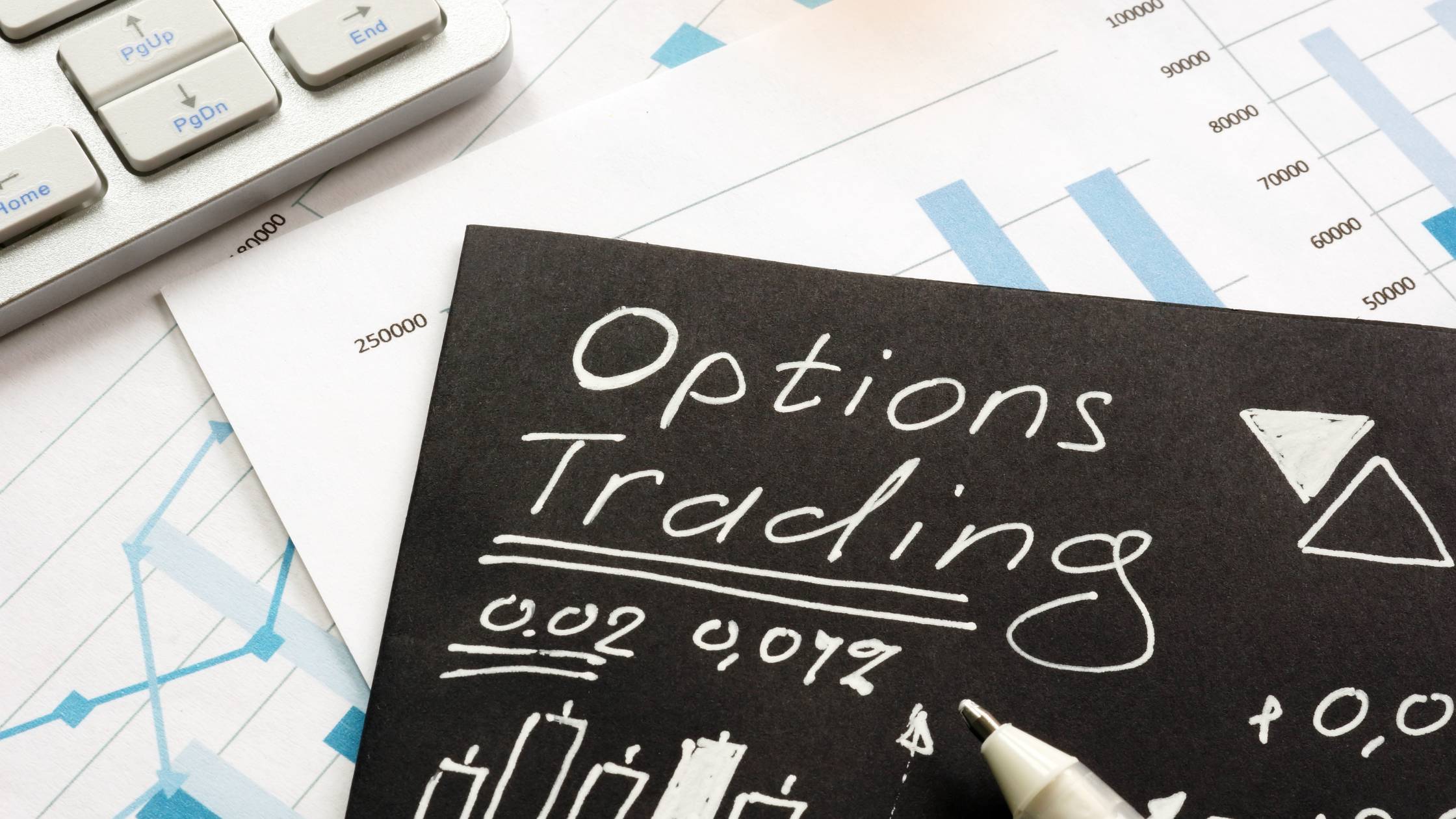VIEW BY TOPIC
- Finding Customers
- Business Systems
- Managing Employees
- Leadership
- Managing Money
Related Posts

Ready to Grow Your Business Fast?
Here’s How I Grew Five Businesses, and Eventually Sold One to a Fortune 500 Company.

Blockchain Technology: Ensuring Transparency in Business
In recent years, there has been a significant shift in the digital and financial sectors. Blockchain technology has emerged as a game-changer in various industries, revolutionizing how transactions are conducted and recorded.
Now, let’s dive into blockchain and its impact on business auditing.
As you keep reading, you’ll grasp how this technology transforms transaction processing, verification, and recording.
You’ll understand how blockchain’s unique features ensure transparency and security, and why it’s not just about technology, but trust and transformation.
What is Blockchain Technology?

A blockchain is a digitized, decentralized, public ledger of transactions. It’s like a continuous chain of blocks, where each block contains data about a transaction. This ledger is shared among all participants, or “nodes” in a blockchain network, making it highly transparent.
Despite its complexities, blockchain technology offers significant potential benefits for your business. It can streamline financial reporting and audit processes and even reduce lag time between transaction and verification dates, a common criticism of financial reporting.
Characteristics of a Blockchain
Blockchain has key characteristics that make it beneficial for businesses.
- Blockchain technology operates in near real-time. This means transactions are settled almost instantly, reducing the risk of non-payment.
- Blockchain is a distributed ledger. It’s a network with multiple nodes, each maintaining an identical copy of the transaction history. This aspect ensures high availability and secure proof of all transactions.
- It is irreversible. Once a transaction is added to the blockchain, it can’t be altered or deleted. This feature prevents double spending and fraud. It also provides a verifiable record of every single transaction ever made on the blockchain.
- Blockchain is censorship-resistant. Economic rules within the blockchain model provide incentives for independent participants to keep validating new blocks, allowing the blockchain to keep growing.
It’s essential to remember that while blockchain can provide a verifiable record of transactions, it may not provide sufficient evidence related to the nature of the transaction. You need to consider this while evaluating its potential impact on your business.
The Pros & Cons of Blockchain in Financial Auditing
With its transparency and immutability, blockchain provides a clear, unchangeable transaction history. This feature can be a game-changer in financial auditing, reducing the time and effort required to verify transactions.
Let’s take an in-depth look at the benefits of the most used blockchain frameworks in auditing.
- Efficiency: Blockchain can automate several auditing processes, freeing up auditors to focus on analysis and strategic tasks. Real-time verification of transactions can also speed up the auditing process, reducing the time required to complete an audit.
- Transparency: With blockchain, all transaction data is visible to all participants in the network, ensuring a high level of transparency. This makes it harder for fraudulent activities to go unnoticed.
- Security: Blockchain’s decentralized nature and cryptographic security make it extremely difficult for unauthorized alterations to take place. This can greatly reduce the risk of fraud.
However, there are also challenges to consider. Auditors must understand the technology to assess the reliability of blockchain data. They need to take into account the risk of inaccurate data due to errors or fraud despite the system’s inherent security.
Blockchain’s decentralized nature means that it’s not under the control of the audited entity. This presents new layers of complexity.
For instance, auditors must figure out how to extract reliable data from the blockchain. They need to evaluate the system’s inherent controls and assess the reliability of the consensus protocol for the specific blockchain.
Moreover, blockchain doesn’t eliminate the need for auditors to evaluate estimated values recorded in financial statements. Nor does it automatically resolve issues like unauthorized, fraudulent, or illegal transactions.
It doesn’t clarify transactions executed between related parties or those linked to off-chain side agreements.
Despite these challenges, blockchain still offers a significant opportunity to refine financial auditing. Auditors could gain near real-time data access.
This could streamline audit procedures and reduce lag time between transaction and verification dates. However, auditors are required to adapt their skills and understanding in order to fully harness the potential of this revolutionary technology.
Estimating Values in Blockchain Transactions
When it comes to blockchain transactions, you’re often faced with the challenge of estimating values. This process can be complex due to the fluctuating nature of cryptocurrencies and the intricacies of blockchain technology.
A crucial aspect of value estimation in blockchain transactions is the understanding of transaction inputs and outputs. In blockchain, especially in the case of Bitcoin, money isn’t transferred, instead, unspent transaction outputs (UTXOs) are consumed, and new ones are created. Therefore, to estimate values, you need to keep track of the UTXOs.
Understanding UTXOs
UTXOs represent a certain number of tokens (like bitcoins) and can be consumed by transactions. Each UTXO carries a value, which is the amount of cryptocurrency it represents.
Tracking Transaction Outputs
Each transaction consumes one or more UTXOs and creates one or more new UTXOs. The total value of the new UTXOs should be less than or equal to the value of the consumed UTXOs. The difference is the transaction fee.
Estimating Transaction Values
To estimate the value of a transaction, you sum up the values of the UTXOs it creates and subtract the transaction fee.
Remember, blockchain transactions are public, but the real-world identities of the parties involved are often pseudonymous. Therefore, while you can estimate the value of transactions, linking them to actual identities can be challenging.
Also, due to the volatile nature of cryptocurrencies, the real-world value of a transaction can change drastically in a short period. Thus, understanding the timing of transactions is also critical in value estimation.
The Role of Blockchain in Streamlining Financial Reports

As already mentioned, blockchain provides a decentralized and immutable record of all transactions, thus eliminating the need for manual record-keeping and reducing the chances of human errors and fraud.
Blockchain’s ability to automate the verification of transactions can save you time and resources.
Traditional financial reporting often involves complex and time-consuming processes to verify and reconcile data. With blockchain, you can automate these processes, improving accuracy and speed.
Moreover, blockchain’s transparency can enhance the reliability of your financial reports. All transactions are visible to all participants in the network, which can deter fraudulent activities.
This transparency can also boost the confidence of your auditors, investors, and other stakeholders in your financial reporting.
However, it’s essential to understand that blockchain isn’t a panacea for all financial reporting challenges.
For instance, transactions recorded on blockchain may still be unauthorized, fraudulent, or incorrectly classified.
Also, many transactions recorded in financial statements reflect estimated values, which differ from historical costs. Auditors will still need to consider these factors.
Conclusion on Blockchain Technology
So, you’ve seen how blockchain can revolutionize auditing and business transparency. It’s not without challenges, but the potential is immense. From streamlining financial reports to providing irrefutable transaction records, blockchain could be the future of auditing.
Embrace this technology, and you’ll not just be adopting a new tool but also fostering trust, transparency, and transformation in your business.
Remember, it’s not just about technology; it’s about shaping a more accountable and transparent business world.















